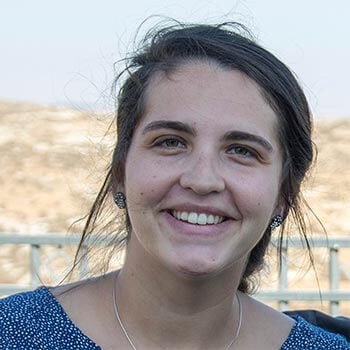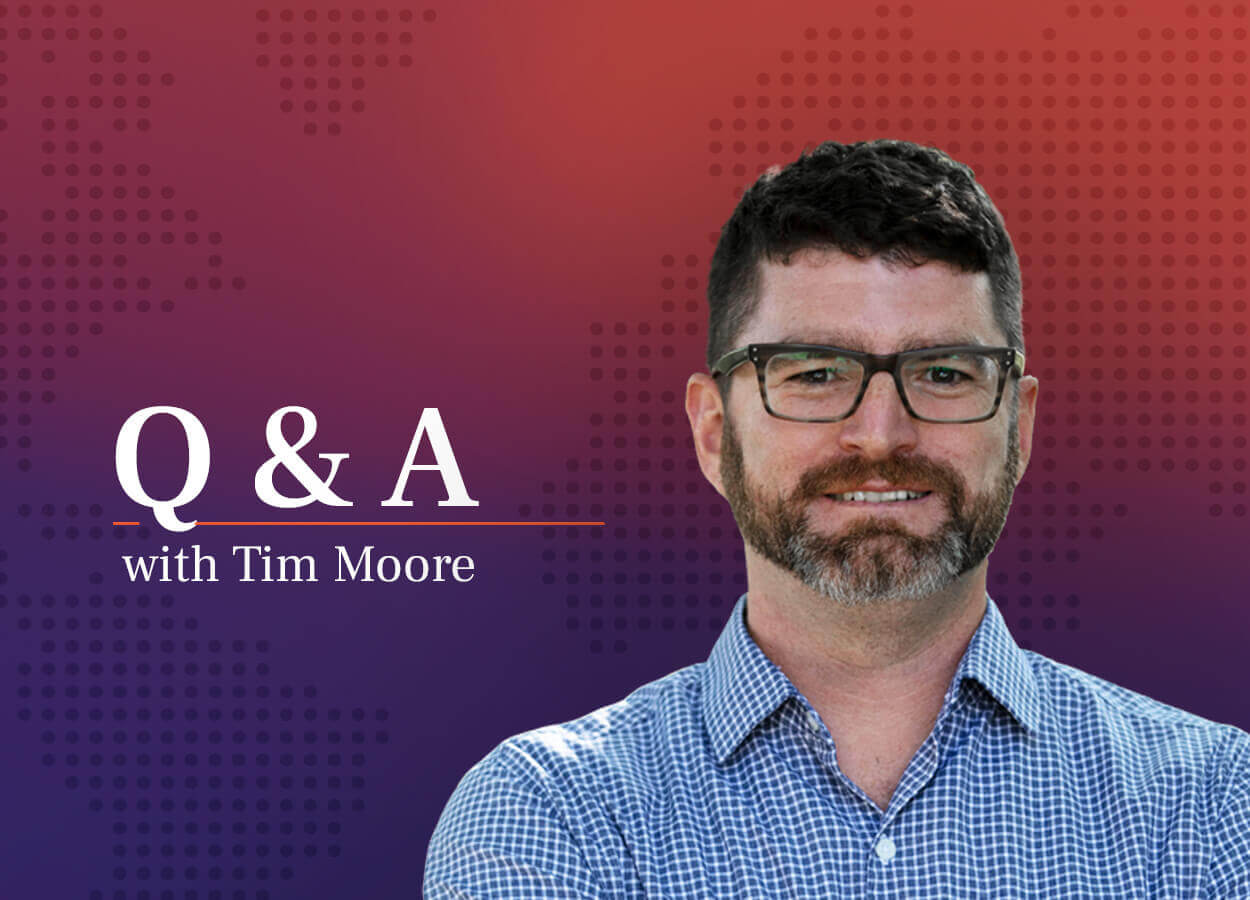Ocean conservation faces particular challenges in the world of sustainable development: The ocean belongs to no one, and everyone. Its protection demands collective action across sectors, countries, and continents. Which is why, on World Oceans Day, we wanted to catch up with Resonance Senior Associate Tim Moore. Tim has a hand in nearly every oceans- and fisheries-related project we take on, bringing together local and global companies, donors, NGOs, and fishers associations to partner on initiatives that protect marine biodiversity, coastal community livelihoods, or fishers’ rights (and sometimes all three!).
Q&A with Tim Moore, Senior Associate
We asked Tim to share his perspective on key opportunities and challenges we face in protecting the world’s oceans—as well as the people that depend on the sea for their livelihood.
The purpose of World Oceans Day is to unite action around ocean protection. Can you give us a couple examples of key challenges standing in the way?
- The first barrier is a lack of focus on social economics and the resilience of coastal communities in island nations. They rely on fishing and aquaculture for food security, and the COVID-19 pandemic really demonstrated the precariousness of the situation. The way many shrimp farmers are farming now—it’s the only option they have. In the past, the environmental sector has focused on protecting natural resources, with less (if any) focus on social responsibility. But that’s changing.
- Second, the benefits of aquaculture certification (and seafood certification in general) don’t always pan out. When producers and fishers aren’t gaining any value, sustaining a certification program is really hard. In most countries, there’s also a lack of coordination and governance systems that account for who fishes where, and when. So there’s just a push to overfish as much as you can.
- Finally, climate change is making things even harder. Resilience efforts are impacting where fishers can fish or set up aquaculture farms, there’s coastal sea level rise, habitat loss affecting fish populations. And the rising uncertainty pushes people to overfish, too.
What solutions or trends do you find hopeful?
As I alluded to, there’s a trend building among environmentalists to account for socioeconomic factors and benefits. This is happening through market-based fisheries improvement programs and through government efforts. It’s much easier to engage communities around environmental initiatives that account for the costs and benefits to local people, and this, ultimately, leads to greater impact. And program designers are building in more inclusive and collaborative mechanisms, so that programs aren’t just top-down.
I’m glad to see alternatives to certification, which can be a cumbersome process for fishers and farmers, with little benefit for them. I’m also glad to see digital solutions that help lift up vulnerable worker voices. Companies like FairAgora are making inroads on fair labor practices in ways that haven’t been possible before.
The flip side of climate change uncertainty is that governments are building adaptation into fisheries management and coastal development plans. In general, focusing on improving the health and productivity of aquaculture will help it be more resilient to climate change.
I’m also excited by what I see happening to address the finance piece: Donors and foundations are creating blended finance solutions focused on the ocean sector. As with so many global sustainability issues, marine protection requires a lot of resources, and buying down risk for the private sector to engage in sustainability efforts is one way to accelerate lasting improvement.
One of your more ambitious projects is an ongoing collaboration with Seafood Watch, Thai Union, and others to develop and roll out the Partnership Assurance Model for sustainable aquaculture. Can you tell us a bit about the project to date, and what’s next?
The Partnership Assurance Model (PAM) is a totally new way of looking at aquaculture sustainability. Rather than relying on small-scale shrimp and fish farmers to pay for expensive certification processes—they can’t, they don’t have the resources—it brings together governments, buyers, and local farmers to co-fund, co-design, and co-implement a regional aquaculture sustainability plan. Then, improvements are verified based on the entire area rather than through individual farms, which is a much more holistic (and realistic) view of how these farms operate. The model puts the power in the hands of local stakeholders, allowing them to adapt established global sustainability standards to local contexts.
The first phase of PAM was more theoretical and structural, culminating in a white paper that explained the methodology and the research that supported it. This next phase is all about testing and building out the model in practice. In Vietnam, using PAM, 500 shrimp farms have achieved a green rating in partnership with the global seafood company Minh Phu, which is great. We’re hoping to ramp up to several thousand this year. We signed a partnership agreement to implement PAM in India with Cheesecake Factory, Bon Appetit, Seafood Watch, Devi, and several others. Soon, we’ll be putting a second paper out about the results we’re seeing and lessons learned from the pilots on the ground.
We’re also exploring opportunities to leverage PAM activities to improve climate resilience, which in turn helps aquaculture farmers and their communities. Right now, we’re looking at unlocking finance to help shrimp processors improve practices, while also protecting mangrove habitat to mitigate greenhouse gas emissions, sea level rise, and more frequent flooding in the region.
You have a long history of working with companies, development agencies, and NGOs to protect our oceans and the livelihoods of coastal communities. What role does the private sector have to play in protecting our oceans?
The private sector can provide incentives to governments and communities to protect the ocean and make fishing and aquaculture practices more sustainable. One example is marine protected areas (MPAs): the private sector—usually tourism or hotel operators that benefit from healthy oceans—provides fishers with financial incentives to protect and monitor the area. The government also plays a role, but private investors can finance these programs to give fishers better terms.
Companies are also starting to really invest in improving infrastructure and value chains to create more value from what is coming from the oceans. They’re creating more market demand for sustainable seafood, more efficient supply chains, better cold storage, and insisting on quality. These investments help cut down on waste, and they also help make sure what’s being caught is more valuable. Then fewer fish are required to provide the same or more resources for local fishers and coastal communities.
The private sector also leads the way on innovation. They are investing in new technologies like Verifik8 or Aruna. More companies are using e-commerce to directly source from small-scale fishers and create more value that way. They’re building demand in markets that weren’t there. The private sector is developing technology that is enabling more fishing vessel monitoring and inspection to ensure safe, legal fishing practices. And AI-focused companies are helping governments to adopt risk-based enforcement and monitoring.
Why is cross-sector collaboration particularly important for ocean protection?
In order to solve complex oceans challenges like overfishing, pollution, and illegal fishing, cross-sector collaboration is key. Donors, NGOs, and government programs focus on governance and management of marine resources, or on improving the wellbeing of coastal communities. Meanwhile, buyers and company-led sustainable seafood initiatives focus mainly on the supply chain and the fish without meaningfully engaging governments and local communities, who rely on oceans for their livelihoods.
WIthout coordination and collaboration, these efforts can result in limited community buy-in, weak governance, and limited long-term private funding to sustain and scale solutions for the protection of ocean resources.
Climate change is another factor that increases the need for cross-sector collaboration in ocean protection. A recent study by the Environmental Defense Fund highlights that roughly 50% of fisheries species examined will shift across national boundaries and nearly all species will experience changes in productivity in response to rising ocean temperatures.
These changes present major challenges to countries and coastal communities that rely on the oceans for their livelihoods. Moving forward, it’s imperative that governments, the private sector, and other sectors collaborate to deal with changes in productivity and geographic distribution.



